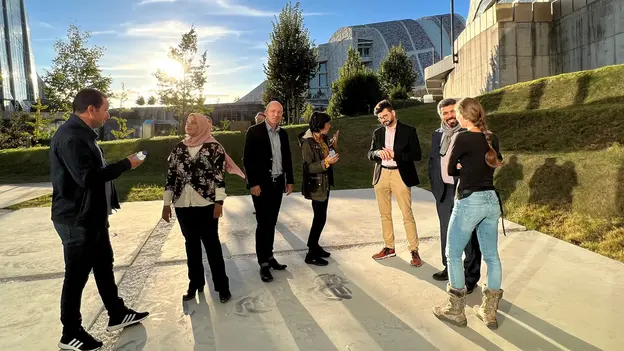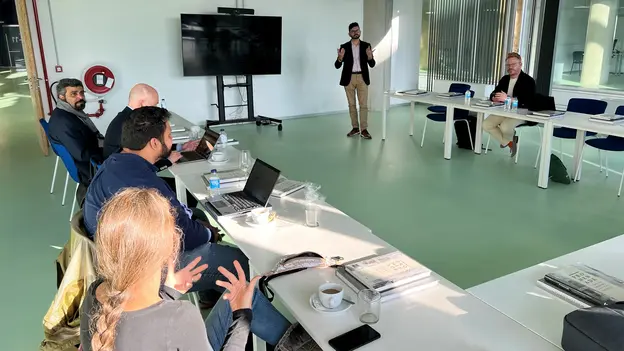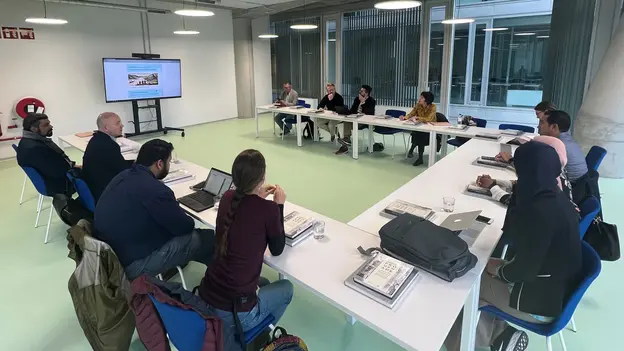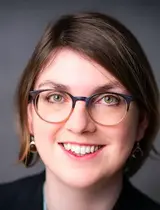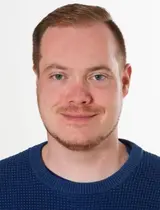Working Group Meeting
Heritage, Memory, and Identity – Past and Present
Symposium
Heritage includes the built and natural environment and artefacts as well as oral history, values, and traditions – which can be part of the cultural or the individual memory. It can be aligned with or in opposition to the communal or cultural identity of any given group of people. Heritage refers to the past with its material or immaterial remains but it is also reaching into the present and even into the future. Therefore, it represents a transhistorical connection that can constantly be remoulded, transformed, and inhabited with ever-changing questions and concerns.
In the UNESCO World Heritage Site of Santiago de Compostela, recently, the project ‘Cidade da Cultura’ combined ancient Romanesque and Gothic architecture in the old city with modern architecture and tech-labs. The City of Culture of Galicia has been designed by architect Peter Eisenman, after an international contest. It was selected because of its conceptual and plastic singularity and is inspired by Compostela's old centre and the five medieval pilgrimage routes that lead to the cathedral. Eisenman transferred this grid to the mountain summit. Starting from this concept, the original project is formed by six buildings that are connected by streets and one central square inspired by the scallop, which is the symbol of the pilgrimage.
During a symposium on ‘Heritage, Memory, and Identity’ in Santiago de Compostela, AGYA members wanted to explore this unique approach to combine historic and contemporary concepts. Several presentations and round table discussions provided insights in cultural heritage from an interdisciplinary and diachronic perspective. The contributions focused on the ways in which people dealt with (cultural) heritage in the past, in the present, and explored new ways of preserving cultural heritage in the future, e.g. including digital technologies. The first symposium day concluded with a public keynote lecture by Dr. Nilay Özlü, an architectural historian with a focus on the urban culture of Istanbul, late-Ottoman history, museum studies, and court culture.
The meeting brought together scholars from different disciplinary backgrounds to explore the interface between various approaches to cultural heritage and current concerns in the study of memory, identity and the history of architecture. Our in-depth encounter with the Portal of Glory at the Santiago de Compostela's famous cathedral was a highlight of the event, illustrating the practical challenges of heritage studies and conservation.
Dr. Barbara Henning, AGYA member
- Disciplines Involved
- Arabic & Islamic Studies, Archaeology, Architecture, Digital Art, English Language, Heritage Conservation, History, Musicology, Philosophy, Political Sciences, Political Sociology, and Sinology
- Cooperation Partners
- Edificio Fontán, Santiago de Compostela, Spain
- Centro de Investigación Interuniversitario das Paisaxes Atlánticas Culturais (CISPAS), Spain
- Johannes Gutenberg-University Mainz, Germany
- American University of Beirut, Lebanon
- University of Bamberg, Germany
- Venue
- Cidade da Cultura/Edificio Fontán, Santiago de Compostela, Spain
- Project Title
- Heritage, Memory, and Identity: Working Group Meeting 2022
- Year
- 2022
- Funding Scheme
- Working Group Meeting
- Working Group
- Common Heritage and Common Challenges
- Countries Involved
- Germany, Lebanon, Spain
